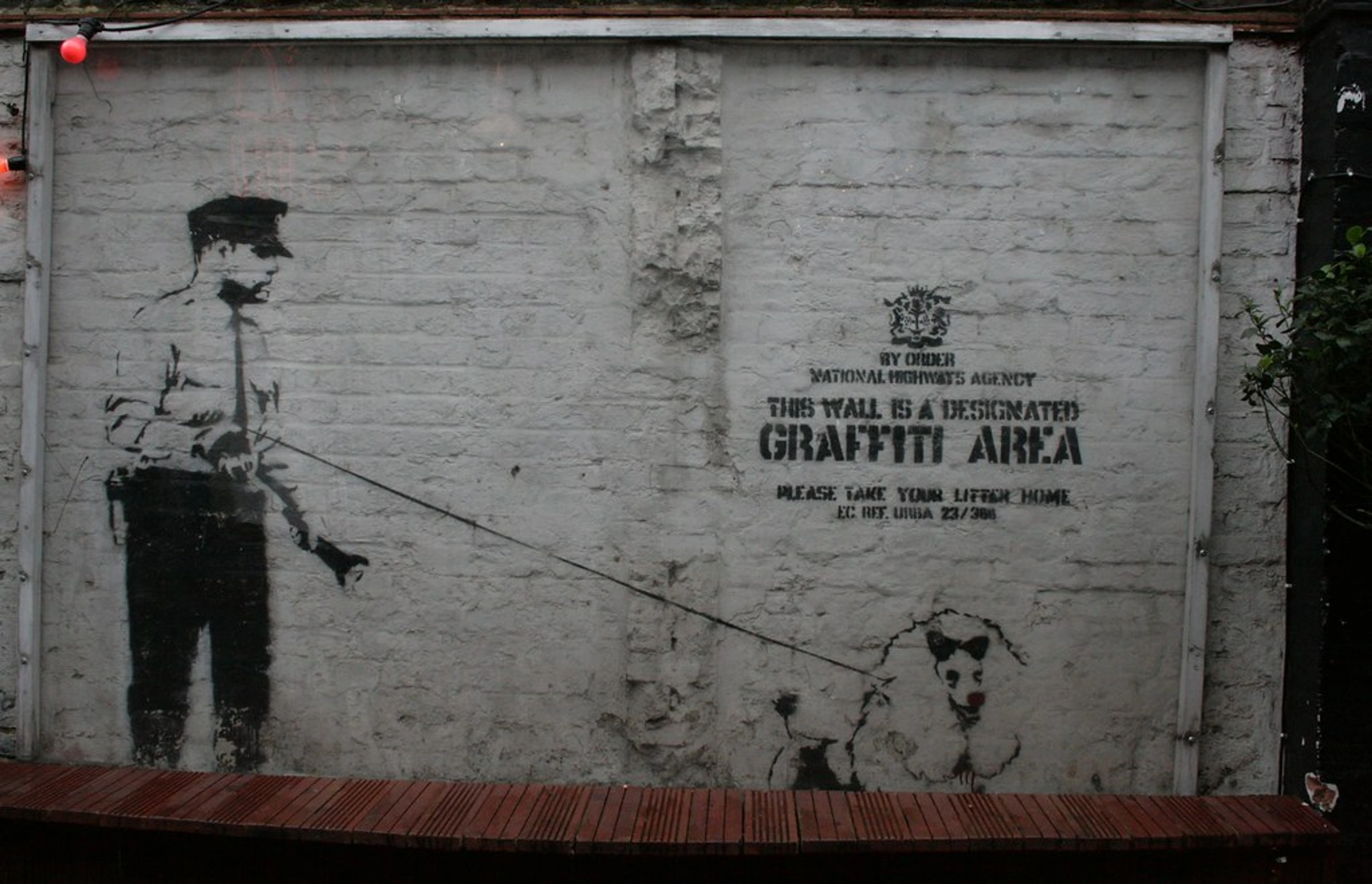
Art Critics: Illuminating Art, Shaping Dialogue, Navigating Trends & The Digital Age
Explore the vital role of art critics in shaping perception, identifying trends, and influencing the art market. Discover their historical roots, analytical tools, and contemporary impact in the digital age.
Art Critics: Illuminating Art, Shaping Dialogue, Navigating Trends & The Digital Age
You know, for the longest time, I used to see art critics as these almost mythical, unapproachable figures, spouting complex jargon I barely understood. They were the gatekeepers, the arbiters of taste, the ones whose pronouncements could make or break a career. It felt a bit like they were standing between me and the art, telling me how I should feel. Honestly, who needs that kind of pressure or intellectual homework just to enjoy a painting? (Certainly not me on a Tuesday morning, coffee in hand, trying to just feel something.)
But over the years, and as I've spent more time not just with art but with the conversations around it, my perspective began to shift dramatically. What if their job isn't to dictate, but to deepen our dialogue with art, guiding us to see beyond the surface and truly connect? My take is this: their role is less about definitive judgment and more about initiating a profound conversation, offering a lens through which to view a piece, and perhaps, most importantly, adding context that transforms a blank stare into a moment of genuine connection and insight. It’s like finding the hidden narrative in a piece, rather than just staring at a pretty picture. So, let’s peel back the layers and really think about how these fascinating individuals operate. In this piece, we'll explore what art critics really do, their profound impact on how we see, understand, and even value art, and why their evolving role remains so crucial, shall we?
Shaping Perceptions: The Art of Seeing Differently
I remember this one time, I was at an exhibition, staring blankly at a highly abstract piece. It was vibrant, chaotic, and frankly, I just didn't 'get' it. It felt like a jumble of colors, nothing more. Then, I read a review that spoke about the artist's exploration of urban decay, describing the deliberate jarring contrasts as mimicking city life's constant flux, and the hopeful blues hinting at resilience. The critic detailed how the artist used a technique of layering transparent washes to create a sense of fleeting memory, juxtaposed with harsh impasto lines that spoke of enduring struggle. Their precise language—pointing out the 'hopeful blues' or 'fleeting memory'—was instrumental. Suddenly, their words transformed that jumble into a dynamic, poignant cityscape, an emotional narrative I'd completely missed.
![]()
It wasn't that the art critic told me what to see, but they offered a way to see it, enriching my personal experience and opening my eyes to layers I'd completely missed. This experience made me reflect on my own journey, the moments where my art took unexpected turns, much like these interpretations often do (My art journey). I even recall a particular abstract painting of mine, a swirl of blues and greens I simply titled "Currents." I thought it was just about movement, but a friend, who happens to be a keen observer of art, once remarked how the intertwining colors spoke to the flow of memories, some clear, some murky. It wasn't a formal critique, but it opened up a whole new narrative I hadn't explicitly intended, and yet, it resonated deeply because it highlighted a universal human experience of memory's ebb and flow, which my abstract forms had inadvertently captured. Sometimes, critics can even highlight a dimension the artist themselves might not have explicitly intended, revealing new avenues of thought. Of course, the flip side is also true: critics can occasionally oversimplify or even misinterpret an artist's intention, reminding us that their perspective is a guide, not an infallible gospel.
This personal transformation in how I viewed a piece, sparked by a critic's insight, really highlights their broader function. Critics aren't just reporting; they're interpreting, breaking down, and synthesizing. They bridge the gap between the creator's intention (or subconscious expression) and the viewer's immediate reaction. They invite us to look closer, to question, to feel. And in doing so, they fundamentally alter, expand, or even solidify our perceptions, often advocating for emerging artists who might otherwise be overlooked. Think of someone like Jean-Michel Basquiat, initially a graffiti artist, whose raw, expressive work was championed by discerning critics, challenging established norms and championing new art movements. They act as vital cultural seismographs, detecting shifts and groundbreaking expressions before the wider public catches on, much like anticipating a tremor before the full earthquake. What's a piece of art that a critic or a thoughtful observer helped you see differently?
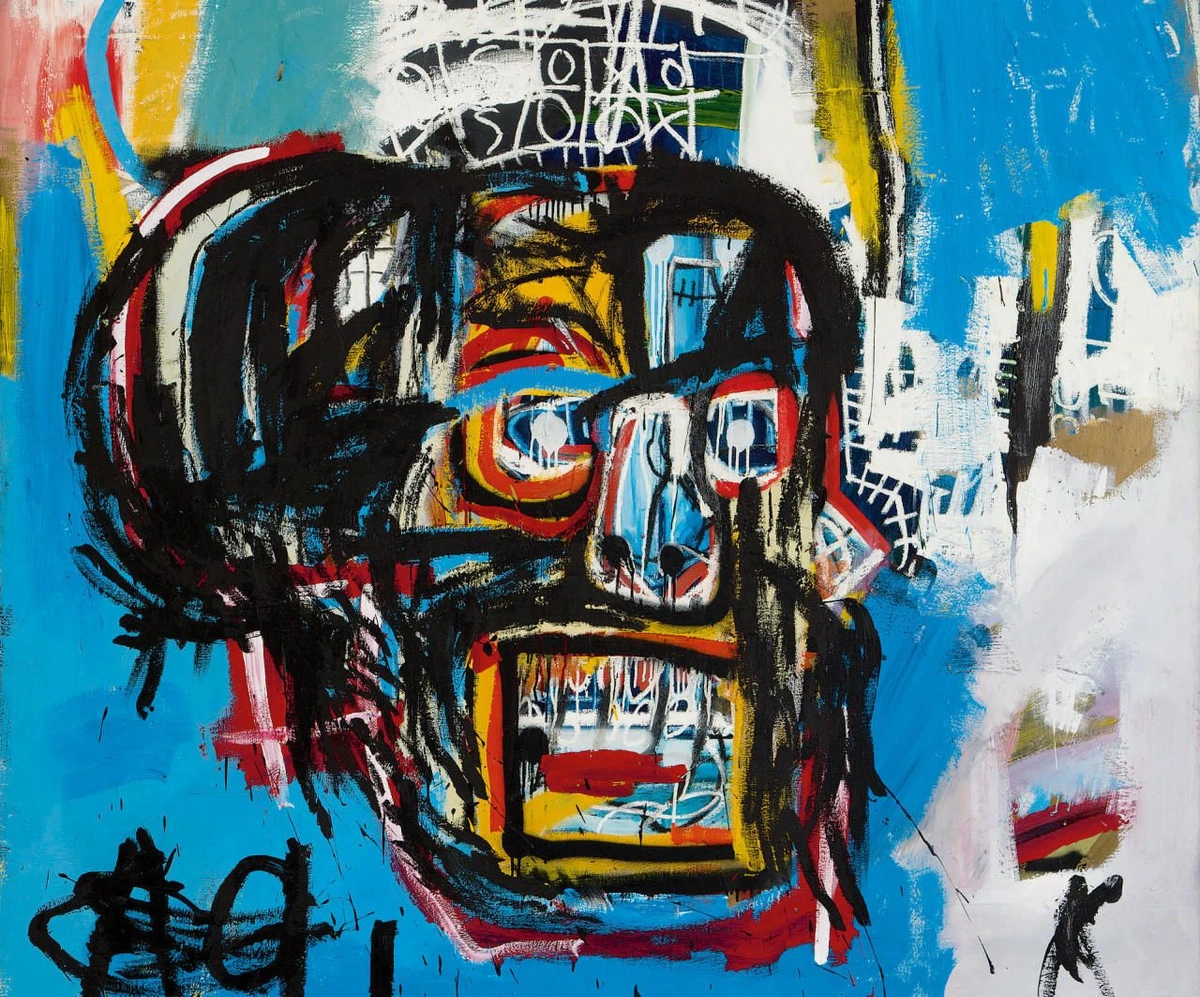
The Critic's Toolkit: Deconstructing Art & Identifying Trends
This personal revelation got me thinking: what exactly is the process behind such insightful interpretations? What exactly goes on behind those discerning eyes when a critic encounters a new piece? It’s far more than just a gut feeling, though intuition certainly plays a part. Think of it as a multi-layered process, a systematic approach to unlocking meaning. For me, as an artist, it's a bit like taking apart a clock to understand how it ticks, then reassembling it with new insight. Or, imagine you’re a detective trying to solve a visual mystery. Here's how they typically approach it, blending meticulous observation with scholarly knowledge:
- Initial Observation: Taking in the raw visual impact, the immediate aesthetic and emotional response. What's the very first thing that hits them?
- Research & Context: Delving into the artist's background, their previous works, the historical and cultural context, and the artistic movements that might inform the piece. For instance, understanding a painting from the Harlem Renaissance requires knowing the socio-political landscape of 1920s America, and understanding how an artist's personal history might infuse their choices of subject or style.
- Formal Analysis: Dissecting the visual language of the artwork. This involves elements like:
- Composition: How elements are arranged. A critic might analyze a jarring diagonal composition—say, in a Mondrian grid—to suggest visual tension or dynamism, or a balanced, symmetrical one to evoke calm. Consider how an off-center subject can convey profound loneliness, while a chaotic canvas might represent the bustle of modern life.
- Color Theory: The deliberate use of a restricted palette, say, only cool blues and grays, to evoke a specific melancholic mood (like a rainy day), or vibrant, contrasting hues to create energy and excitement (like Basquiat's bold blues and yellows in his skull paintings).
- Line & Texture: How a delicate, flowing line might suggest grace, while rough, heavily textured impasto (as often seen in expressive works) could convey raw emotion or struggle. Imagine the difference between the smooth, precise lines of a Renaissance portrait versus the wild, expressive brushstrokes of a Van Gogh. Critics might analyze how a raw, scratchy line in a contemporary abstract work conveys anxiety or urgency.
- Light & Shadow (Chiaroscuro): How the interplay of illumination and darkness creates mood, depth, and drama, drawing the eye to specific areas or evoking emotional responses. Think of the intense contrasts in a Caravaggio painting, guiding your focus to a specific face, or the subtle gradations in a landscape creating a sense of tranquil morning light. This is particularly crucial in representational art, influencing how we perceive form and space.
- Scale & Proportion: How large or small elements appear relative to each other and the whole, influencing intimacy or grandeur. Imagine the awe of standing before a colossal sculpture that dwarfs you, versus the intimacy of holding a tiny, intricately detailed miniature painting in your hand. This can speak to themes of human insignificance or monumental importance.
- Medium & Technique: Analyzing the artist's specific materials (oil, acrylic, digital, sculpture), methods (meticulously layered, thrown on with wild abandon), or processes. How do those choices contribute to the overall message, feeling, or innovative nature of the work? For example, a critic might analyze how the use of found objects in a collage speaks to consumerism, or how the transparency of watercolor evokes fragility.
- Interpretation & Synthesis: Considering symbolism, emotional impact, and overarching themes to build a comprehensive understanding before forming an informed opinion. This is where all the pieces come together, hopefully without too much head-scratching. It's the moment they connect the formal elements with the context and the artist's potential intent, or even the zeitgeist – a bit like a detective finally connecting all the clues to reveal the full story, or a chef blending individual ingredients into a harmonious, unexpected dish.
If you're keen on honing your own analytical skills, you might enjoy this guide: The Definitive Guide to Art Criticism: How to Analyze and Appreciate Art.
This systematic thought isn't a modern invention; its roots stretch back. Early forms of art commentary can be traced back to classical antiquity, but modern art criticism truly began to take shape in the 18th century, blossoming during the Enlightenment. Figures like Denis Diderot in France, known for his detailed, often passionate reviews of the Salons, directly engaged with the public. Diderot didn't just describe; he used vivid language to dissect artworks, offering moral and aesthetic judgments that challenged the rigid academic tastes of the time, effectively democratizing art discourse and making it accessible to rational debate. This paved the way for influential 19th-century critics like Charles Baudelaire. He championed artists such as Édouard Manet, advocating for a criticism that embraced modernity, focusing on contemporary life and individual experience. Baudelaire's unique contribution was his concept of the 'painter of modern life,' celebrating the avant-garde in the fleeting, often gritty realities of urban existence—a radical departure from traditional academic ideals.
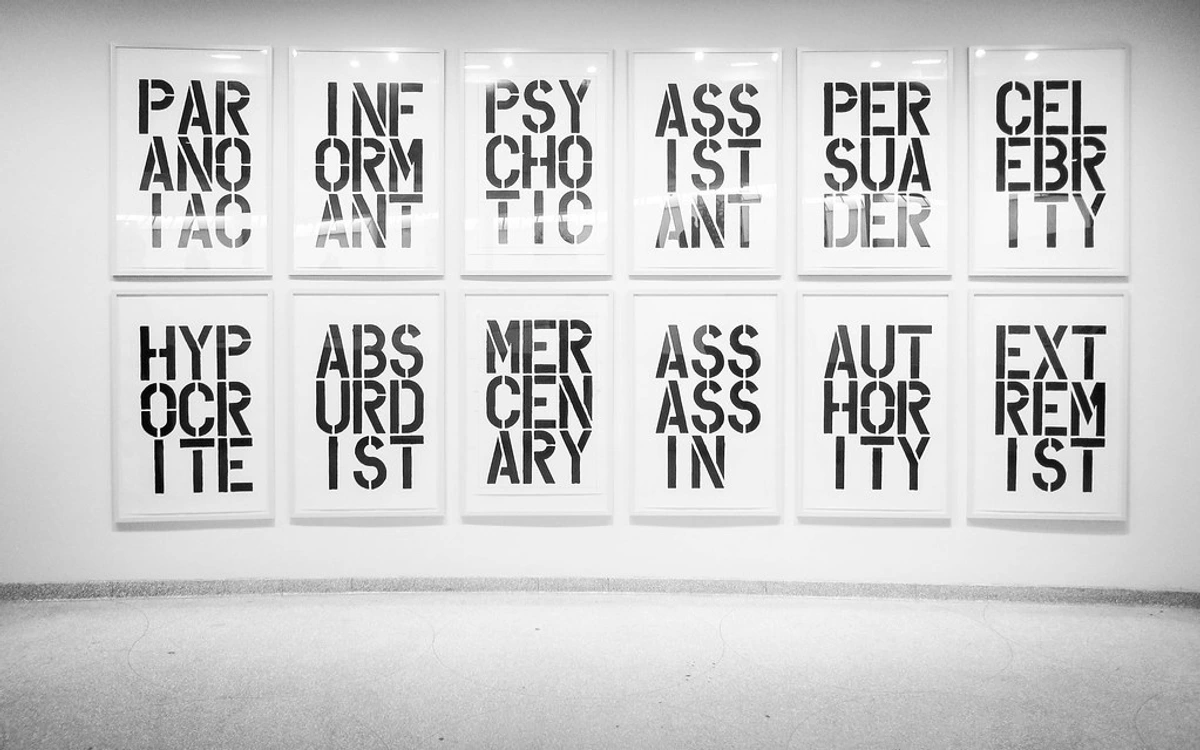
But criticism wasn't stagnant; beyond these foundational historical roots, its approaches have evolved dramatically. It's become less about absolute judgment and more about varied engagement, offering a kaleidoscope of lenses through which to view art. We see everything from formalist critiques focusing purely on aesthetic elements to Marxist, feminist, post-structuralist, or even ecological lenses that explore social, political, theoretical, or environmental underpinnings. Each offers a different entry point into the conversation, showing just how rich and varied the dialogue around art can be. There are different flavors of criticism, too, each serving a distinct audience and purpose. But the core objective remains: to offer thoughtful engagement with art and, importantly, to identify and articulate nascent artistic trends and movements as they emerge, providing a framework for understanding the evolving art world. The language and focus of criticism have also evolved, becoming more accessible and diverse over time, reflecting broader cultural shifts in how art is consumed and discussed. What’s more, critics today face the challenge of staying current with a rapidly evolving art world, encompassing everything from AI-generated art to performance art and new digital mediums, pushing the boundaries of what they analyze. What artistic element do you find yourself drawn to first when encountering a new piece?
Type of Criticism | Primary Focus | Audience | Example (Illustrative) |
|---|---|---|---|
| Academic | Art Theory, History, Philosophy | Scholars, Art Professionals | October journal, Artforum |
| Journalistic | Timely Reviews, Exhibition Coverage | General Public, Art Enthusiasts | The New York Times, The Guardian |
| Popular/Blog | Personal Interpretation, Accessibility | Broader Public, Online Communities | Hyperallergic, personal art blogs |
The Human Element: Bias, Brilliance, and Historical Blind Spots
Beneath all this rigorous analysis and historical context, here’s the undeniable truth about critics: they're human. Just like you and me, they bring their own unique baggage to the viewing experience. And sometimes, history even proves critics wonderfully, spectacularly wrong. Think of the Impressionists, initially ridiculed by many prominent critics for their loose brushwork, vibrant colors, and focus on everyday life, which starkly challenged the academic Salon's preference for historical and mythological subjects and refined finish. Or Vincent van Gogh, whose raw, expressive genius went largely unrecognized during his lifetime, dismissed as amateurish or even disturbed due to his intense emotionality and unconventional style. More recently, take an artist like Christopher Wool, whose striking text-based and abstract stencil paintings initially faced skepticism for their conceptual nature and seemingly simple aesthetic – many found them too minimalist, lacking traditional 'skill,' or even 'lazy,' challenging ingrained notions of what art should look like – but are now celebrated globally, commanding high prices and appearing in major institutions. The art world is full of examples of artists once overlooked, only to be re-evaluated and celebrated decades later, a testament to the evolving nature of taste and critical understanding.
This highlights the fact that critics have personal tastes, biases, and a specific worldview. This isn't a flaw; it's part of what makes their perspective unique and valuable. Their cultural background, specific art education, and even their mood on a given day can subtly (or not so subtly) color their judgment. What one critic hails as a masterpiece, another might dismiss as derivative, and their individual lens is a huge factor. It’s crucial to remember that criticism, even with academic rigor, is inherently subjective. Heck, even my own judgment when looking at other artists' work can be skewed by what I'm currently experimenting with in my studio! Sometimes I look at a piece and think, “Wow, that’s exactly what I should be doing,” which is a bias in itself, isn't it? This ongoing dialogue with art and its interpreters, even the 'wrong' ones, reminds us to maintain a discerning eye and an open mind.
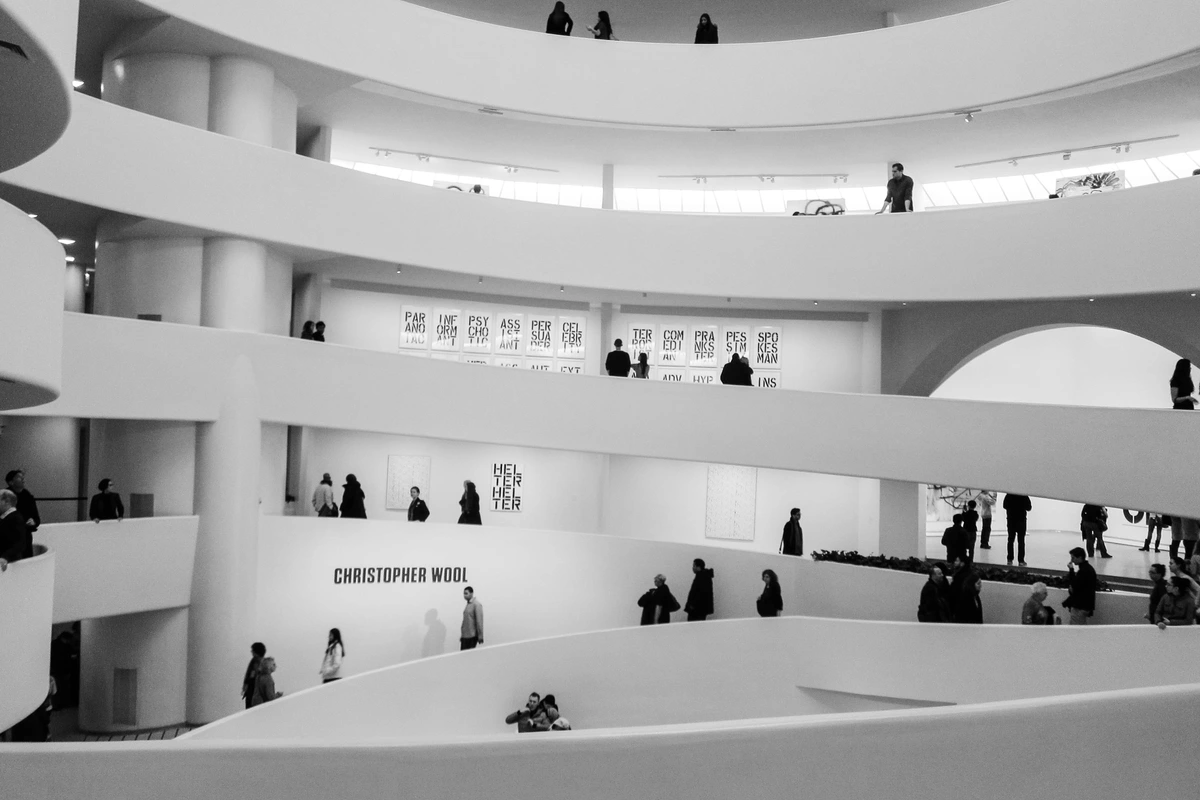
Influencing the Market: The Price of a Positive Word
This inherent subjectivity, while undoubtedly enriching, also has profound and sometimes problematic implications, especially when it rubs up against the commercial art world. A glowing review from a respected art critic can significantly impact an artist's career and the commercial value of their work. Suddenly, collectors are interested, galleries take notice (sometimes even deciding which types of art or specific artists to represent or commission based on critical buzz), and auction prices climb. Imagine a promising emerging artist whose vibrant, abstract work catches the eye of a major critic. A glowing review praises their innovative use of color and bold brushwork; suddenly, their pieces, which might have been $3,000 last month, are now commanding $10,000, and collectors are lining up for their next exhibition. It’s a powerful validation, almost like a seal of approval in a subjective world. Beyond individual sales, critics also influence broader institutional recognition, guiding museum acquisitions, shaping which artists are included in major exhibitions and retrospectives, and even subtly impacting art history curricula in academic settings, thereby contributing to what is deemed historically significant.
From my perspective as an artist, this market influence is a bit of a mixed bag. On one hand, who wouldn't want recognition and the ability to continue creating? On the other, it can feel like a subtle pressure to create 'critically acclaimed' work, potentially diverting from one's authentic artistic voice. It's a constant tightrope walk between artistic integrity and commercial viability, isn't it? I often find myself wondering if a critic would 'get' a new experimental piece I'm working on, knowing full well that such thoughts can be a distraction. (And if you're curious about the kind of art that comes from my authentic voice, you can always check out my pieces for sale). Sometimes, this influence can even contribute to an 'art market bubble,' where prices inflate based on hype and critical consensus rather than purely intrinsic artistic merit, a phenomenon that always makes me raise an eyebrow. (It’s a bit like watching certain cryptocurrencies – sometimes the underlying value feels… speculative, shall we say?) But it's not all about market validation. Many influential critics also dedicate themselves to championing less commercial, more experimental, or politically challenging art, acting as a crucial counter-balance to purely market-driven trends and providing a platform for voices that might otherwise be overlooked by the mainstream. This fosters a truly diverse art ecosystem, celebrating artistic exploration over pure profit.
This interplay between critical acclaim and market value is a fascinating, often complex dance. It highlights the critic's gatekeeping role, not just for perception, but for commercial viability. This also raises ethical considerations: potential conflicts of interest, where a critic might review work from a gallery or artist they have ties to, or the commodification of art, where intrinsic artistic value is sometimes overshadowed by market hype. The pressure can extend to artists themselves, implicitly shaping what they create to fit prevailing critical trends. For a deeper dive into how this plays out in today's art world, you might find this article interesting: The Impact of Art Critics Today.
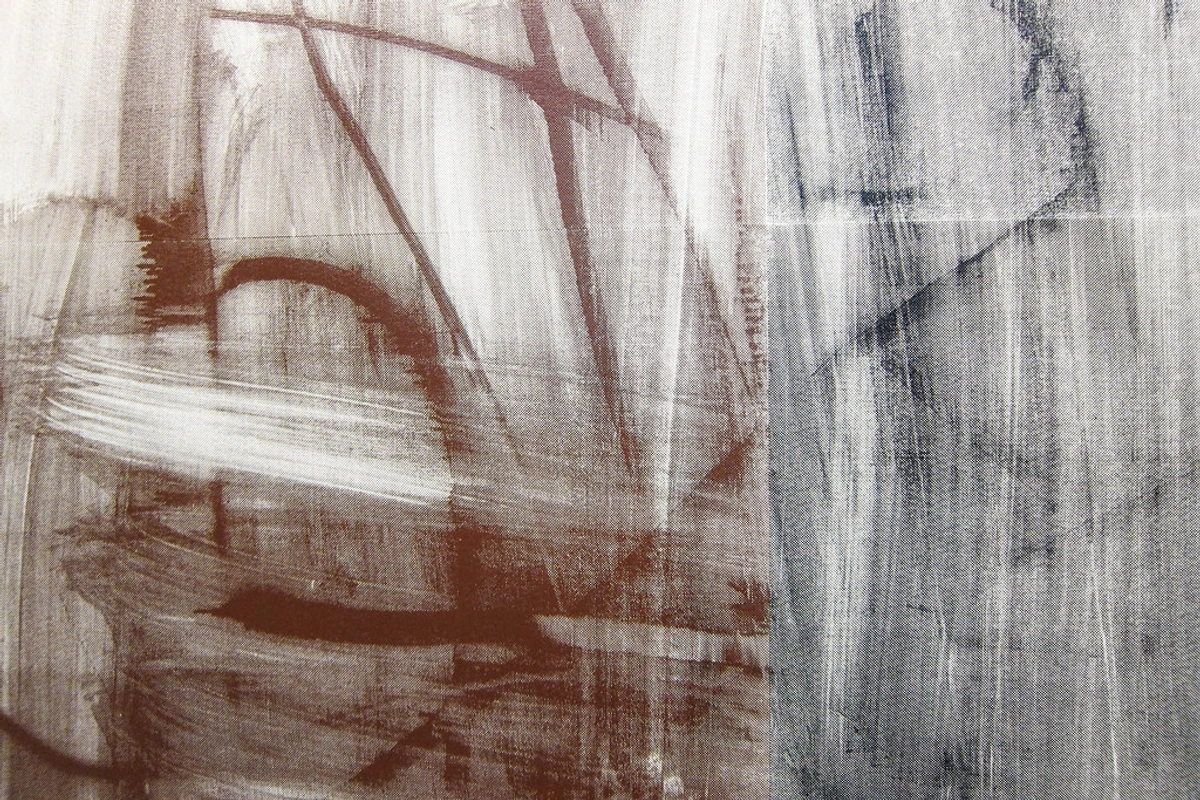
The Digital Age: Everyone's a Critic, But Who's Listening?
And speaking of evolving landscapes, the way we engage with criticism itself has undergone a seismic shift with the rise of the internet. Bloggers, Instagram influencers, YouTube commentators – suddenly, everyone has a platform. This democratization of opinion is, in many ways, incredibly exciting. It broadens the conversation, introduces diverse perspectives, and makes art more accessible. It even creates new avenues for critiques to reach a global audience, expanding the reach of critical discourse and allowing voices from underrepresented communities to emerge, like the thriving art TikTok community offering quick, insightful analyses that resonate with younger audiences. Take Jerry Saltz, for example, a Pulitzer Prize-winning critic who has expertly embraced Instagram to share his thoughts, reaching a massive, diverse audience through engaging captions and direct interactions. Beyond Saltz, many online platforms and dedicated blogs have built substantial followings by blending rigorous analysis with accessible, engaging content, often incorporating visual storytelling and interactive elements that captivate both seasoned enthusiasts and curious newcomers. While established critics like Saltz have expertly embraced Instagram to share his thoughts, reaching a massive audience, there are still many traditional critics who prefer scholarly journals or more formal publications, maintaining a quieter, perhaps more insulated, but equally rigorous discourse, highlighting the diverse approaches in today's critical landscape.
But it also raises some hairy questions, doesn't it? How do we discern credible voices from mere noise? What happens to the depth of analysis when soundbites, clickbait, and visuals often take precedence over rigorous thought? There's a risk of echo chambers forming, where people only consume criticism that reinforces their existing views, and a dilution of expertise as anyone with an internet connection can claim authority. While established critics still hold sway, particularly in traditional art institutions, the field is undoubtedly more fragmented, and maintaining critical integrity in a fast-paced online environment can be a real challenge. Yet, this digital shift also democratizes access to art education and a wider range of critical perspectives, moving beyond the traditional gatekeepers. It’s a dynamic, evolving space, and one I'm still navigating myself, as I explore further in Q&A with an Art Critic.

My Take: Embracing the Dialogue
Ultimately, for me, art criticism isn't about definitive judgment; it's about an ongoing, evolving dialogue. It’s a tool that enriches my understanding, challenges my assumptions, and deepens my appreciation for the vast, diverse world of art – and sometimes, even informs my own practice. I've learned to approach reviews not as decrees, but as invitations to think more deeply, to see through another's lens, and perhaps, to look at my own work with a fresh perspective. They're guides, yes, but you are still the explorer, steering your own intellectual adventure. And honestly, sometimes a pointed critique has just made me double down on my own vision, because, let's be honest, an artist's ego is a delicate, stubborn thing, isn't it? It’s a constant push and pull, a refining fire that, while sometimes uncomfortable, ultimately strengthens my authentic voice, much like the process of layering paint to achieve just the right depth in one of my own abstract pieces.
When I visit a museum, like the one in 's-Hertogenbosch, I often find myself appreciating a well-written critique as much as the art itself. It opens doors I might not have noticed, offering a different way of experiencing the work, a momentary glimpse into another mind. It’s this ongoing, evolving conversation that truly brings art to life, reminding us that every piece, just like every perspective, has endless layers to explore. If you're curious about a critic's actual daily life and perspective, check out this Q&A with an Art Critic.
Frequently Asked Questions About Art Critics
Are art critics always right?
Absolutely not! Art criticism is inherently subjective. While critics aim for informed, well-reasoned analyses, their opinions are still filtered through their personal experiences, education, and biases. What resonates with one critic might not with another, or with you. Remember Van Gogh? History has a funny way of contradicting initial critical consensus, proving that art's meaning and value often evolve over time. It's less about being 'right' and more about offering a considered perspective to the ongoing conversation.
What kind of art do critics review?
Historically, criticism focused primarily on painting, sculpture, and traditional fine arts. Today, the scope has expanded considerably to include performance art, digital art, street art, fashion, architecture, and interdisciplinary practices. Many critics even specialize in specific mediums, like photography, ceramics, or new media, reflecting the broader and ever-evolving definition of 'art' itself. This means critics are now engaging with a much wider, more vibrant spectrum of creative expression.
Can anyone be an art critic?
In the digital age, yes, anyone can publish their thoughts on art, and honestly, some of the most vibrant, insightful commentary comes from passionate amateurs. However, the true value of professional art criticism lies in its informed perspective and rigorous methodology. A professional art critic typically possesses a deep understanding of art history, theory (including critical theory frameworks like feminist, post-structuralist, or Marxist approaches), and contemporary movements, coupled with strong analytical and writing skills. They often engage in comparative analysis, placing artworks within broader artistic and cultural narratives. Their credibility is earned through expertise, consistent insightful commentary, and often adherence to professional and ethical standards, not just by having a platform. So, yes, you can be a critic, but becoming an art critic that genuinely moves the needle takes dedication, passion, and a commitment to thoughtful, rigorous engagement, often built on years of study and direct engagement with the art world.
How do art critics get paid?
Many art critics work for newspapers, magazines, art journals, or online publications, earning a salary or freelance fees. Some are also academics, consultants, or even artists themselves, supplementing their income through various art-related activities, like writing books, lecturing, or contributing to exhibition catalogs. It's often a multifaceted career, much like being an artist!
What's the difference between an art critic and an art historian?
While there's significant overlap, an art critic primarily focuses on contemporary or recently exhibited art, offering timely analysis and judgment, often shaping current discourse and public taste. They are concerned with the 'now' of art, often engaging directly with new ideas and emerging trends. An art historian, conversely, studies art from the past, often contextualizing it within its historical, social and cultural framework, and analyzing its lasting impact and significance over long periods. Historians delve into the 'then' to understand art's enduring legacy and evolution, often building upon the initial work of critics and offering a retrospective view.
What ethical responsibilities do art critics have?
Art critics bear significant ethical responsibilities, including maintaining intellectual honesty, avoiding conflicts of interest (e.g., reviewing work from a gallery they represent or an artist they have ties to), striving for fairness, and being transparent about their methods and perspectives. Their immense influence on public perception and the market demands a commitment to integrity and objectivity where possible, while acknowledging inherent subjectivity. It's a tough tightrope walk for them too, balancing personal conviction with professional standards and the immense influence they wield.
Why do we still need professional art critics?
Despite the democratization of opinion in the digital age, professional art critics remain crucial. They provide depth, historical context, and theoretical frameworks that casual commentary often lacks. They champion emerging artists, challenge conventional thinking, and offer a dedicated, rigorous analysis that helps us navigate the complex art world, fostering deeper engagement and understanding beyond superficial impressions. They also play a vital role in art education, helping the public cultivate a more informed appreciation and serving as a crucial link between artists, institutions, and audiences. Professional critics also often act as a vital counter-balance to purely market-driven trends, offering a platform for less commercial or more experimental works.
Key Takeaways: Why Critics Matter
If you take one thing away from our little chat, let it be this: art critics are more than just judges. They are essential facilitators of artistic engagement, acting as:
- Context Providers: Offering historical, cultural, and technical backgrounds that deepen appreciation.
- Perception Shapers: Guiding viewers to see beyond the obvious, revealing hidden layers of meaning, and sometimes challenging existing views, even prompting artists to consider new aspects of their own work.
- Cultural Seismographs & Trend Spotters: Identifying and championing new talent and groundbreaking movements, helping new art gain recognition, and articulating broader artistic trends.
- Art Advocates & Curators: Actively promoting and bringing specific artists, movements, or types of art to wider public and institutional attention.
- Market Influencers: Affecting an artist's career trajectory and the commercial value of their work, for better or worse.
- Dialogue Initiators: Fostering conversation, debate, and a more profound interaction with art.
- Educators: Contributing significantly to art literacy and shaping academic discourse and public understanding of art.
A Final Thought
So, the next time you encounter an art critic's review, remember it's not the final word, but an important voice in an ongoing conversation. It’s a chance to learn, to challenge your own views, and to engage more deeply with the beautiful, perplexing, and always evolving world of art – and perhaps, even to start a few new art conversations of your own. After all, that's where the real magic happens, isn't it? What's your take? Dive in, be an explorer yourself, and join the dialogue.




